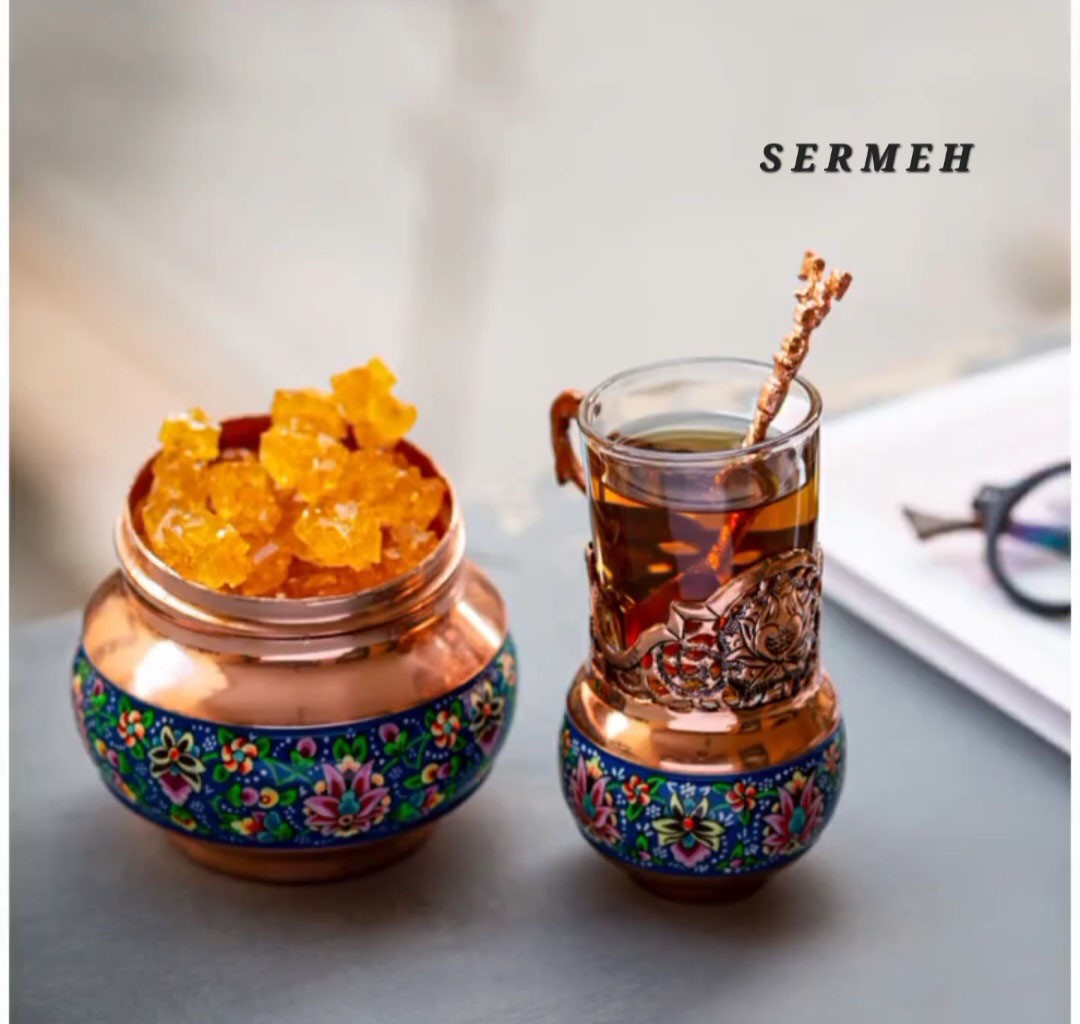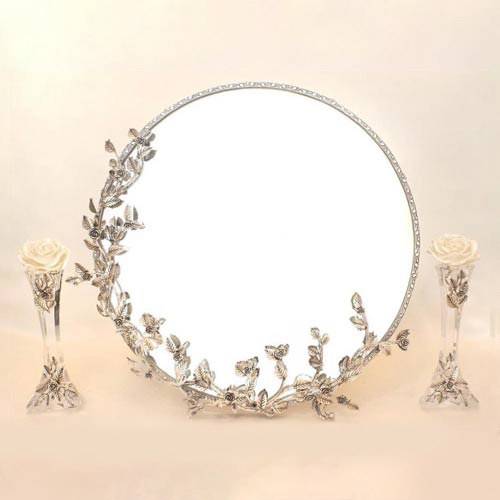Persian Handicrafts
With a strong background in culture and civilization, the country of Iran has acquired artistic relics from the past centuries. Today, Iran is considered one of the most prominent exporters of artworks and handicrafts in the world. Iranian handicrafts are among the most valuable works of art in Iran. And they are a manifestation of the culture of Iran’s national ethnic groups. The discovery of ancient works of art made by human hands, in the historical monuments in the corners of Iran, tells about the close connection of art and handicrafts with the civilization of this great land. Persian Handicrafts 
In the historical works of our country, Iran, you can see signs of the art of architects, painters and engineers in tombs, mosques, palaces and historical buildings. Each of these works shows off a part of the identity and culture of the people of their era with prominent signs from different historical periods. Persian Handicrafts
In general, the combination of hand art and the use of native and traditional tools in creating a work is called handicrafts. The artistic taste and creativity of the craftsman have a great influence in creating works of art and handicrafts. The handicrafts of each region of Iran are unique to that region; Although there are common industries in some cities, signs of the rooted culture of a city or village can be seen in the fabric of each work. The most essential element in the creation of handicrafts is the creative art of human hands, and this material multiplies the value of these works.
*BUY HANDMADE HANDICRAFTS*
Iran’s handicrafts, as the indigenous and traditional art of the people of our land, play an effective role in strengthening the economic situation of different regions of the country in these difficult economic days. Currently, Iran’s handicrafts are considered one of the top three poles of handicrafts in the world, and proper investment along with detailed planning in the production and introduction of these works at the global level can bring high income to the country.
The diversity of our Iranian handicrafts
There is a high diversity in different parts of our country. Each of the cities and villages of Iran has different handicrafts according to the climate and facilities of each region. Over the years, the diversity of Iran’s handicrafts has increased and has moved away from its first category, but many of the works produced by Iranian artists can be placed in the following sub-categories. Persian Handicrafts
Weaving and textile handicrafts
Traditional weaving and weaving are among the oldest handicrafts in the country. The purpose of this industry was to meet the human need for clothing and some items needed daily and it is divided into different branches.
The weaving and traditional textile industry is one of the most diverse handicrafts in Iran. In different provinces of our country, the weaving of various types of carpets and rugs and different types of traditional textiles are popular, which are among the most famous handicrafts of these regions. Some of the sub-branches of this industry are Gabbe weaving, jajim weaving, silk weaving, night tent weaving, velvet weaving and…
Metal crafts
The discovery of metal in ancient times drew people’s attention to this first material for the manufacture of life’s essentials, and its use to prepare all kinds of utensils and everyday tools became common due to the high strength of this material. Among the works left from ancient Iran, there are many examples of all kinds of metal tools. For this reason, the age of metal crafts can be attributed to ancient Iran.
Artisans create unique works by using special tools and spending hours carving and shaping various types of metal. Among the most famous branches of metal handicrafts, we can mention the arts of engraving, engraving, pen making, goldsmithing, goldsmithing, silversmithing, coppersmithing, casting, jewelry making, weapon making, and sign making.
Enamel handicrafts
Enamel crafts are one of the most beautiful dishes and decorative items, which are very difficult and time-consuming to make. Enamel works of art are among the most expensive handicrafts in Iran, which are made by the most artistic and skilled masters in the field of craftsmanship. The history of this art is more than 5000 years. Mina Kar artists create beautiful works by combining matte colours and
Pottery crafts
Pottery is one of the most popular crafts in Iran among tourists and has a very long history. In every region of Iran, due to the availability of soil, the production of pottery has flourished since the distant past. In different historical periods, people made Persian pottery by mixing water and soil and making clay vessels, and over time, clay was used instead of ordinary soil. The most prominent historical ceramics are jars and bowls found in ancient monuments.
Iranian pottery is divided into two categories: unglazed and glazed. In different cities of Iran, there are museums called Diyar Pottery Museum, where you can see all kinds of ancient pottery. Hand pottery, wheel pottery and potting are among the subsets of pottery art.




























